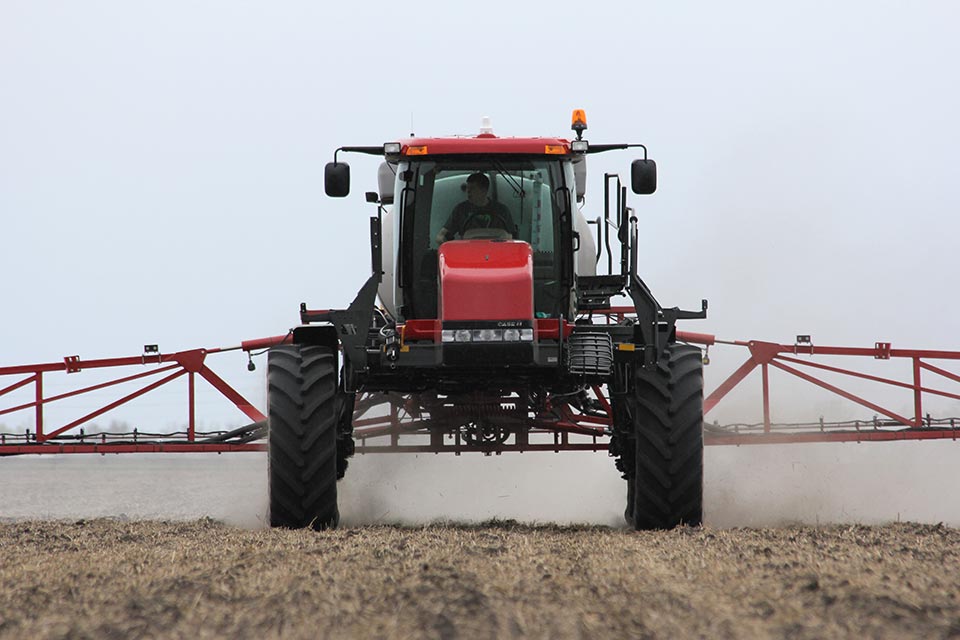
Most of our employees grew up around here, and know what it takes to run a successful farming business. We pride ourselves on anticipating the needs of our customers, as well as on our well-maintained equipment and facilities, employee training and rapid response time.
The services we offer for conventional acres include the following:
- Dry fertilizer delivery
- Dry TerraGator® application
- Liquid fertilizer delivery
- Liquid TerraGator® application
- RoGator® Application
- Pull-type spreader rental
- Conventional soil sampling
- Plant tissue sampling
- Soybean cyst soil sampling
- Crop protection products delivery
- Corn, soybean and small grain seed treating
- Seed delivery
Calculate Your Crop Profitability.
To successfully market your crop, you must identify your cost of production and profit per acre. With this understanding, you can factor in variable costs such as fertilizer, herbicides, insecticides and more. See how these inputs can impact your profitability.
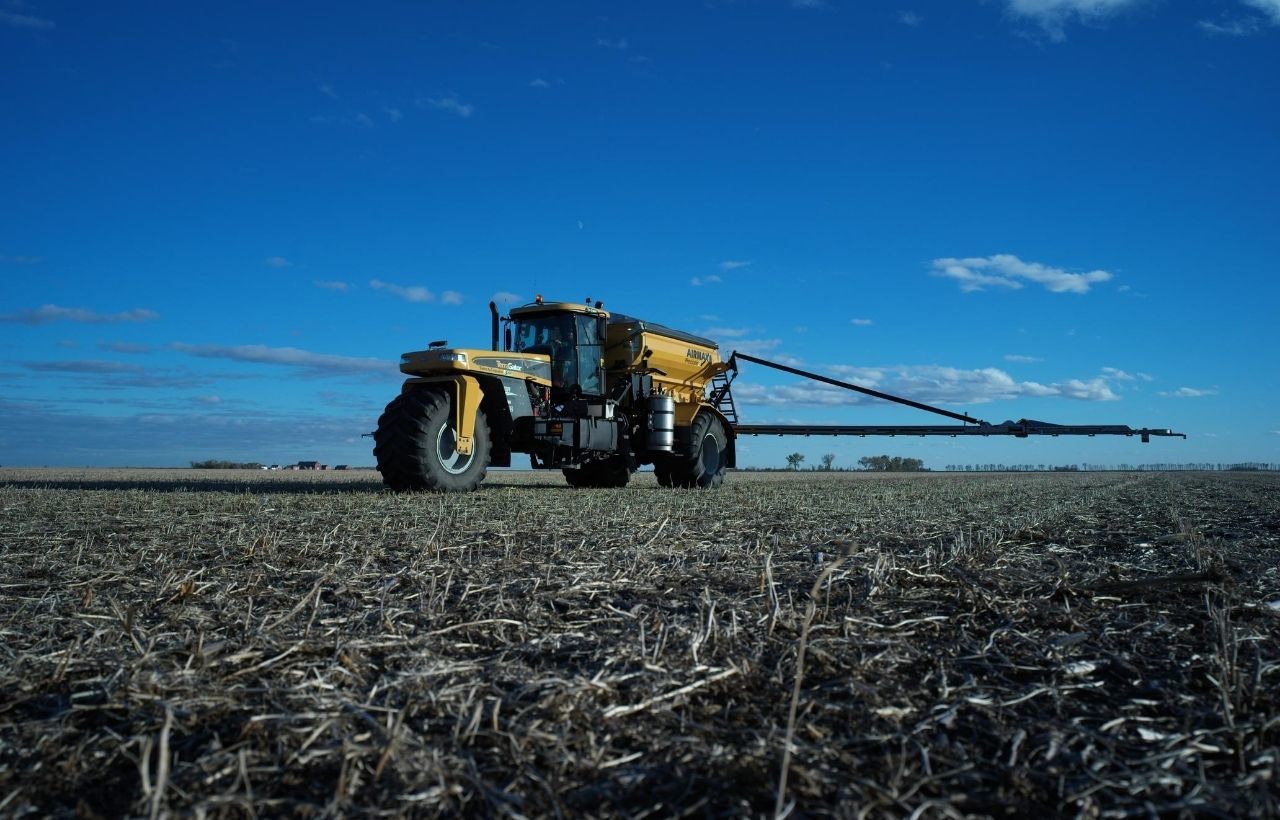
Fall Fertilizer
We offer a split application program as a convenience for your operation and for the co-op. When we do fall PK applications and spring N (nitrogen) S (sulfur) applications, we execute the 4Rs of Nutrient stewardship: Right Source, Right Rate, Right Time, Right Place.
Utilizing soil samples, we can get the nutrients in place when and where they belong and at the rate they should be applied. A more accurate option is zone soil sampling, to focus more precisely on specific acres of the field, where we can then prescribe the right rates for these specific products.
If you would like to learn more contact your local Agronomist.
Fertilizer Enhancement
We provide several dry and liquid fertilizer enhancers. These products will give you anything from increased nutrient uptake to highly available, evenly distributed micronutrients in your soils
Agronomy Services
We know you have options when it comes to purchasing your crop inputs. It's our goal at MRGA to provide our member-owners with the best possible customer service, from people that you know and trust.

Precision Farming
Most farmers in this part of the Red River Valley are already employing at least some precision farming technology. Soil testing, for example, is the very foundation of precision farming. Combine yield monitors and variable rate fertilizer application are also part of the precision farming tool box.
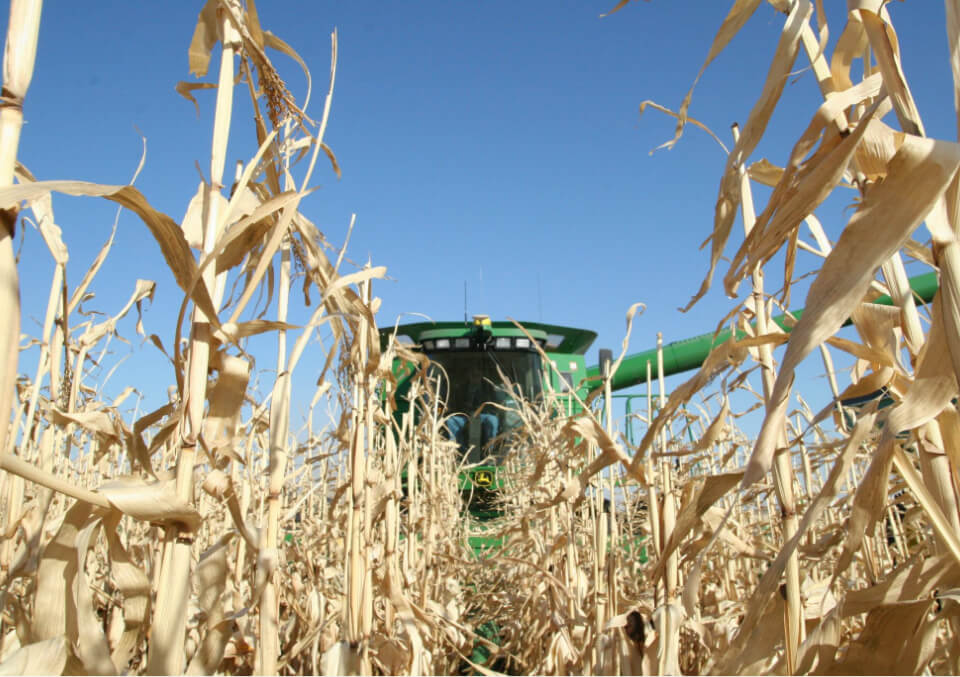
No matter where you’re at in adopting precision farming practices, MRGA now has the team in place to help you go further. Using readily available technology platforms, such as Climate Corp’s FieldView, we can help you get more out the technology you may already have.
The following precision services are currently available at MRGA:
- Variable rate (VR) single bin application
- VR twin bin application
- VR dry fertilizer prescription
- VR liquid fertilizer prescription
- VR seed prescription
- VR zone sampling
- Climate FieldView subscriptions
A quick look at popular technology platforms
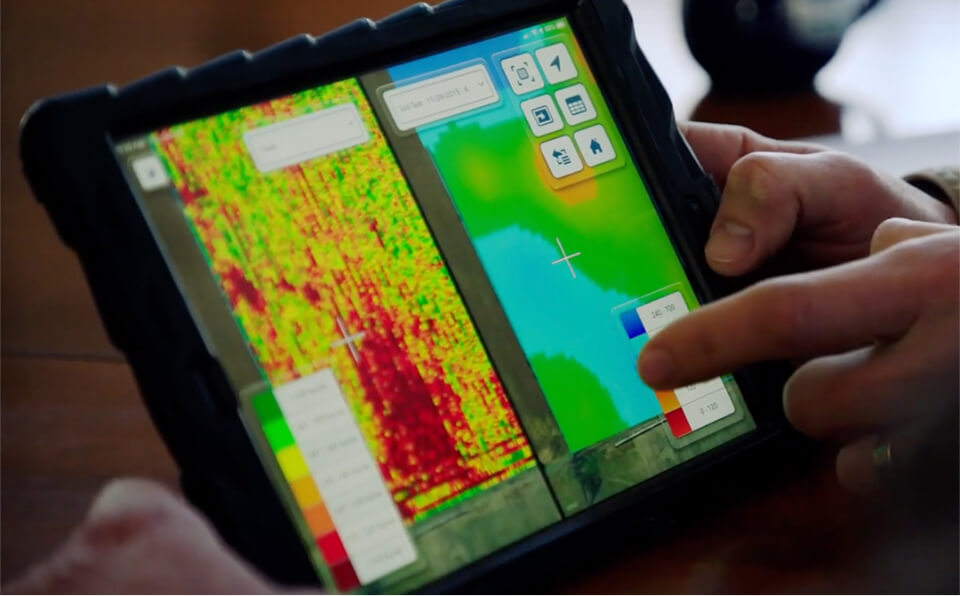
Climate FieldView Plus
Climate Fieldview’s goal is to put all your data in one place. Through the Cab App, you can collect weather, planting, spraying, harvest, and fertilizer as-applied data all in one place then break the data down into useable information in the Fieldview App. We can also upload all your grid sampling data to give you additional insights into your fields.
Climate FieldView Pro
With all that data you’ve collected over the years, now you have a tool at your disposal to compile your yield and soil data into variable rate planting and anhydrous maps.
Climate also has research-backed calculations tracking your nitrogen in your soil so you don’t over apply or under apply your fertilizer.
Seed and Seed Treatment
MRGA is proud to offer the hybrids and varieties that are best-suited to our local growing conditions, including those from DeKalb, Asgrow, Croplan, NK and Mycogen
Using the Winfield R7 Tool, we can also access Answer Plot trial data from your specific area, and help you choose the corn, soybean and small grain numbers that are likely to perform best on the acres you farm. In addition, we offer a selection of custom seed treatments to protect your investment and help get your crops off to a fast start.
For more information regarding specific corn hybrids, soybean and small grain varieties, please click on the seed company logos.
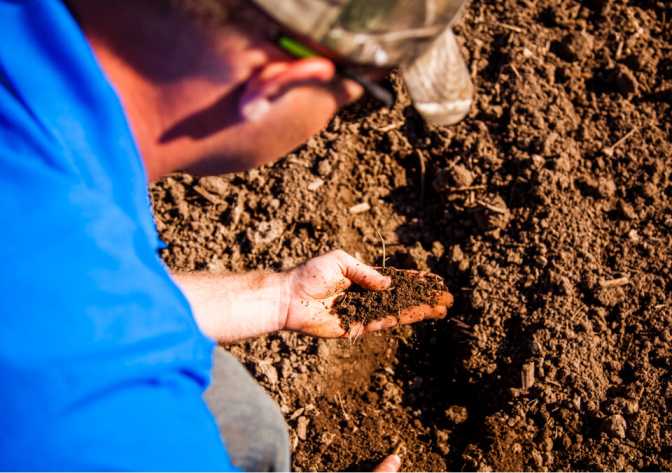
The best time of the year to sample for next year’s corn acres is right after your soybeans are harvested in the fall. For zone sampling, consider hiring an experienced technician from MRGA, who can manage the entire process for you.
Once your results come back, our agronomists in Casselton can overlay your soil maps with yield data from your own harvesting equipment to show you where less fertilizer, lower plant populations, or both, might be warranted. On the flip side, you may want to increase nutrient application and plant populations on your most productive acres to boost overall returns.
While many growers look to soil testing as a way to better manage input costs, there are other reasons to consider regular soil testing as well. Applying the right amount of crop nutrients in the right place and at the right time can also help minimize losses due to runoff, leaching and denitrification.
A series of recent surveys by The Fertilizer Institute shows that by overwhelming margins, farmers would prefer to manage nutrient runoff and water quality issues themselves, rather than ceding that role to government agencies. And there’s no better way to begin moving toward better nutrient management practices than soil testing. To learn more, or to schedule soil sampling for your farm, call us today.
Agronomy News
Most Recent News: Why are corn stalks so weak this year?
Agronomy Contacts
Click photos for more info:


701.347.4465
Ext. 1010


701.347.4465
Ext 1004
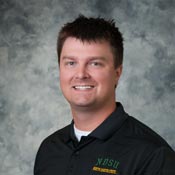


701.347.4465
Ext: 1011

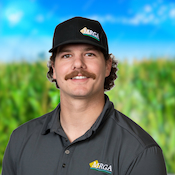

701.347.4465
Ext: 1015




701.347.4465
Ext: 1019


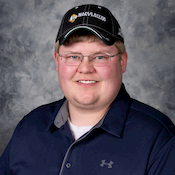

701.347.4465
Ext: 2002



701.347.4465
Ext: 1062
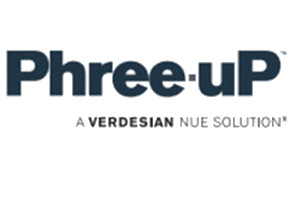
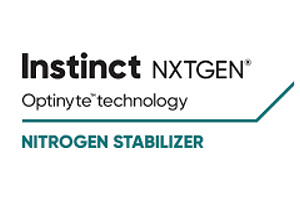

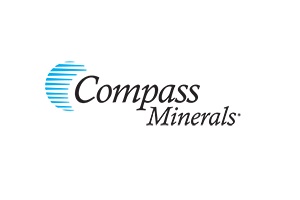
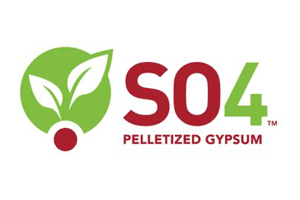
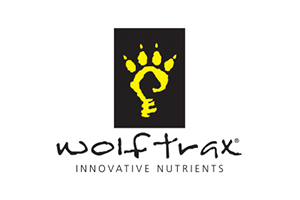
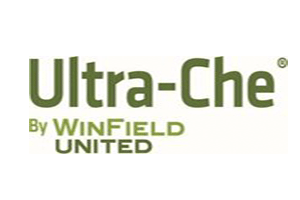
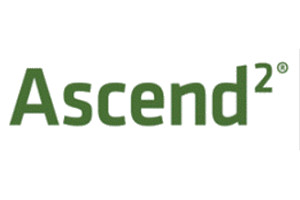


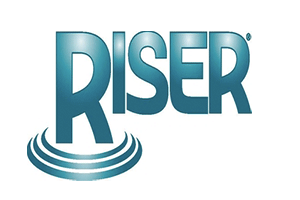
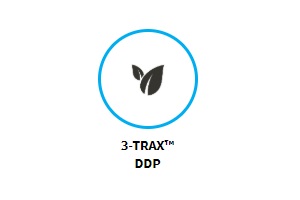
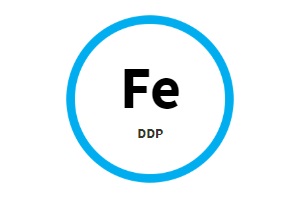
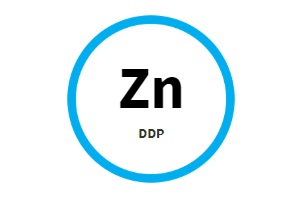

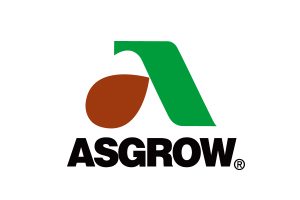
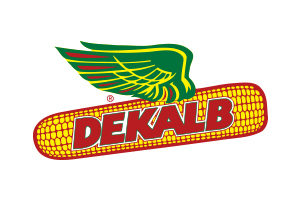
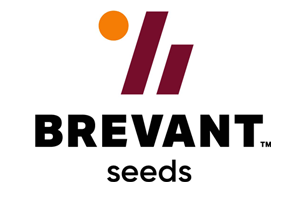
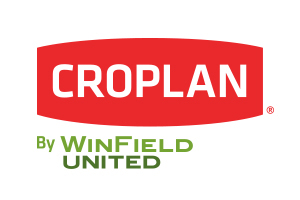
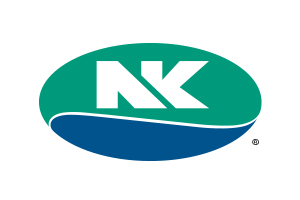
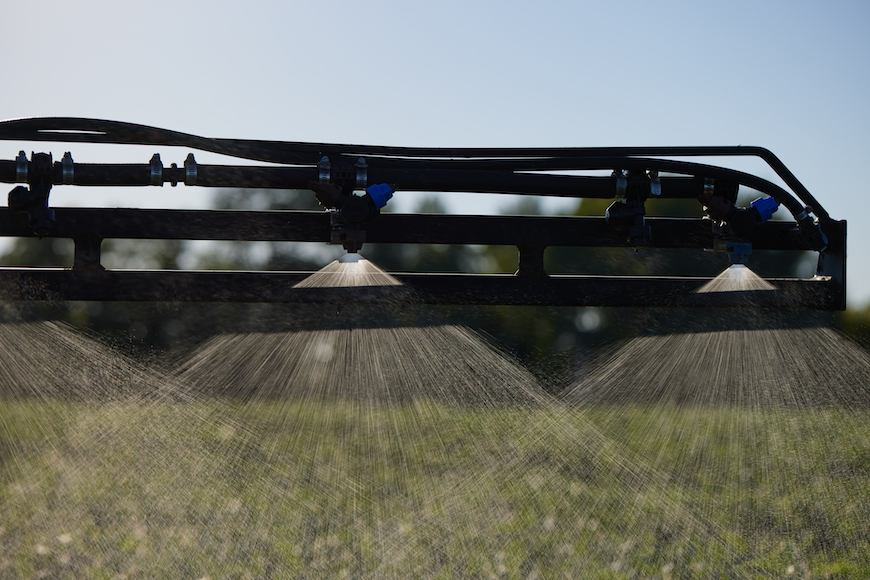

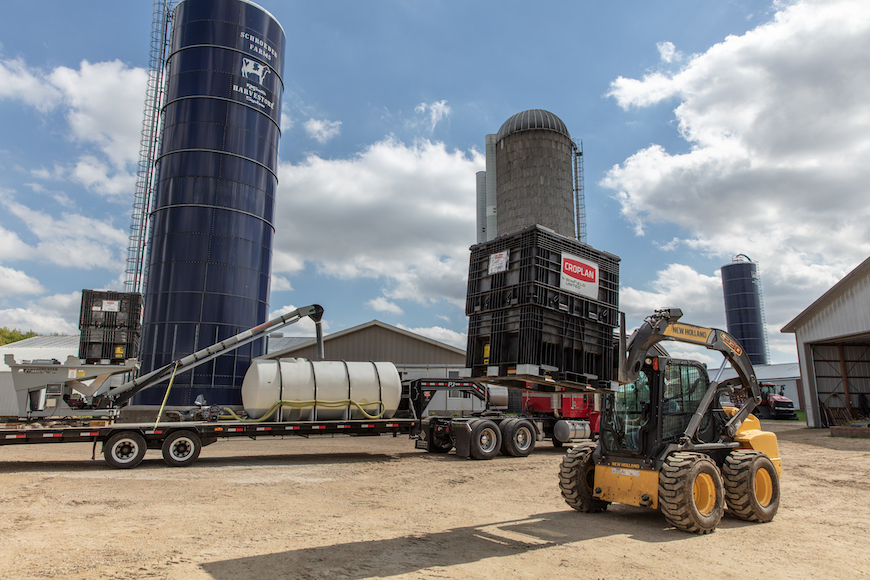

.jpeg?ext=.jpeg)